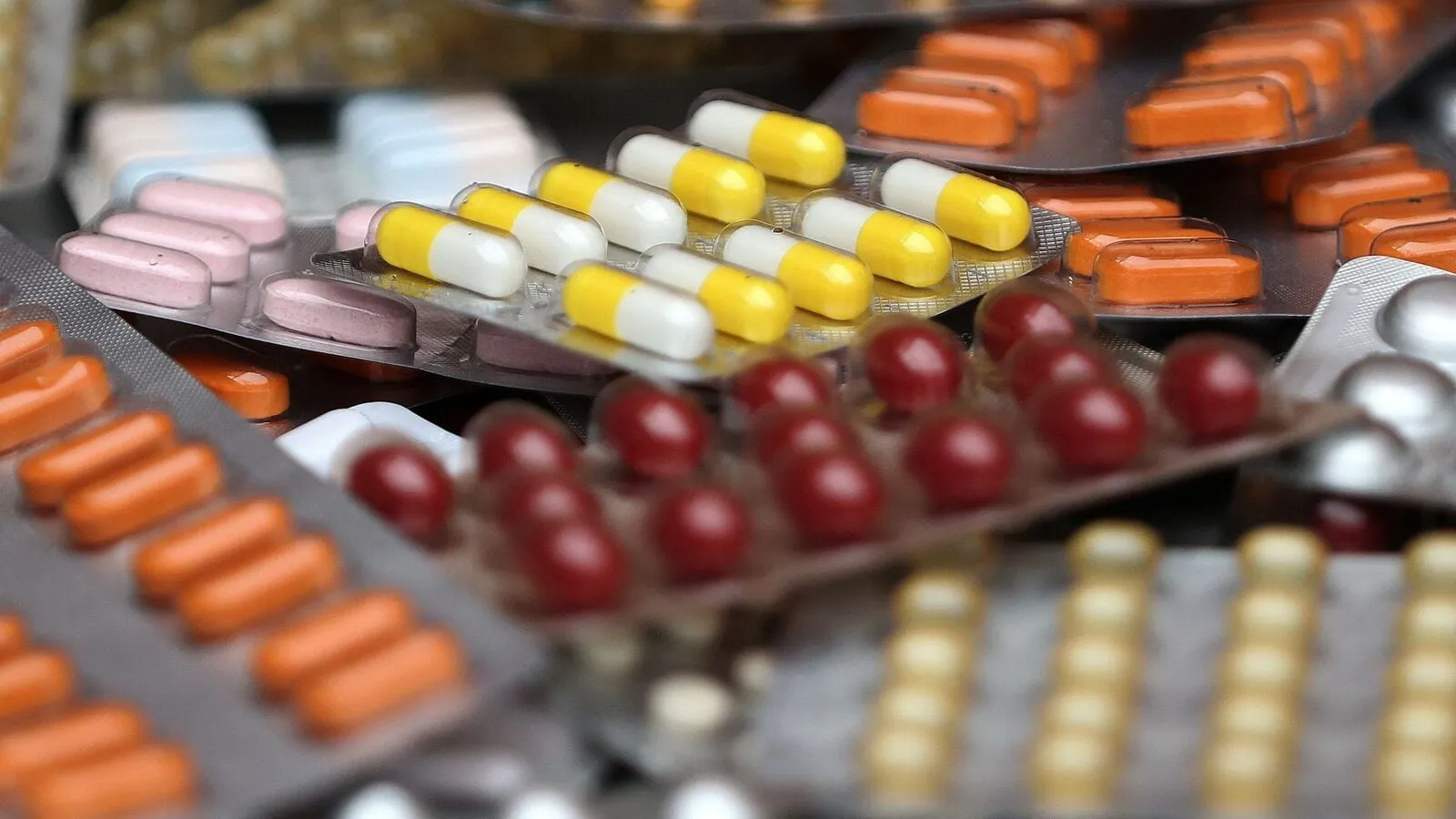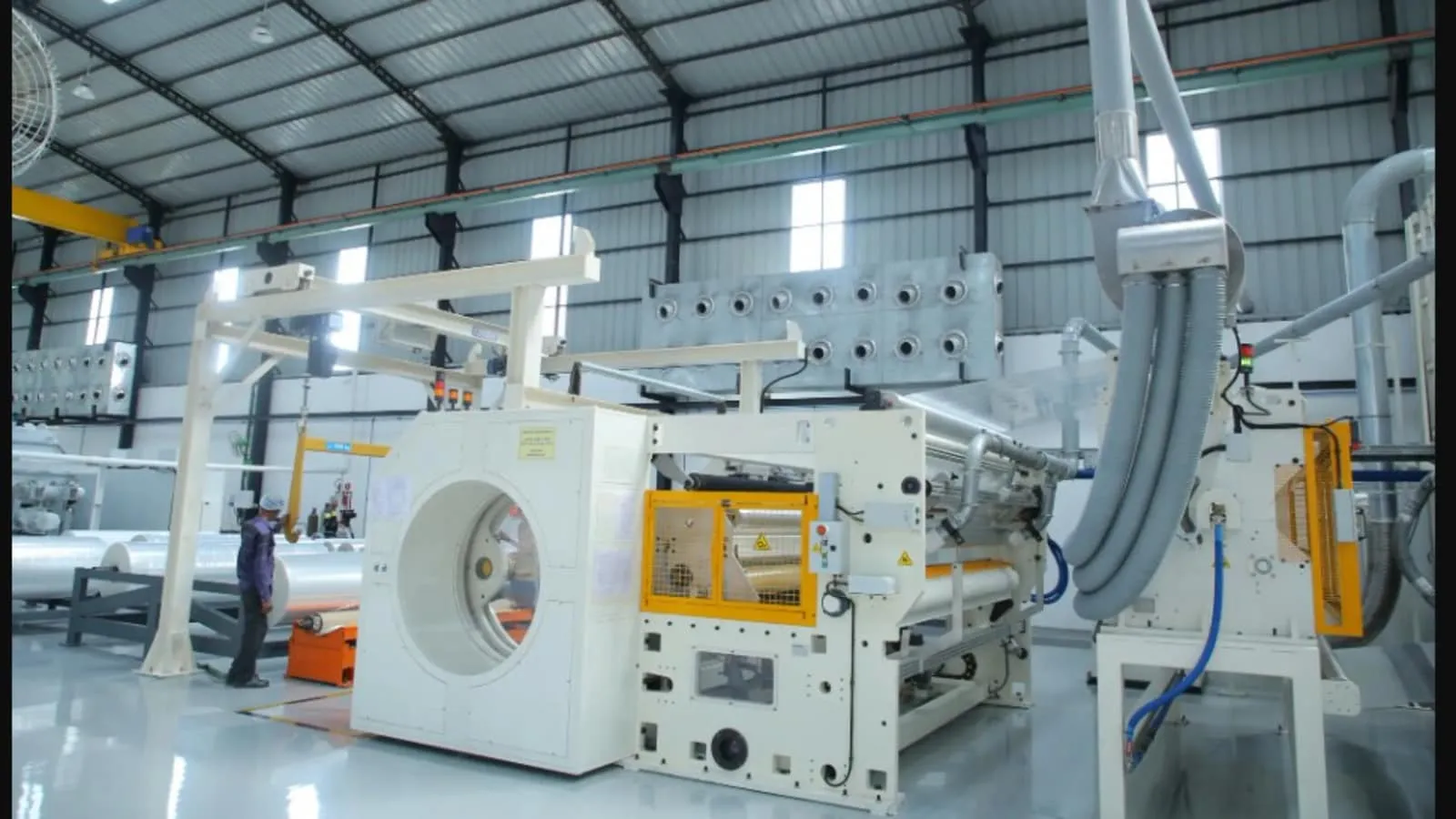Missed the pharma rebound? Gland Pharma, Cipla among 8 stocks that jumped up to 28% since April

Pharma stocks have made a big comeback in recent months, with companies such as Granules India, Gland Pharma, Dr. Reddy’s Laboratories, Natco Pharma, Aurobindo Pharma, and Cipla rebounding sharply from their April lows, emerging as some of the top turnaround champions in the 2025 market recovery.
Granules India led the pack with a 28% recovery from its April low of ₹422 apiece, now trading at ₹533. Gland Pharma followed with a 27.8% rise to ₹1,633 apiece.
Likewise, shares of Dr. Reddy’s Laboratories have gained 26%, while JB Chemicals & Pharmaceuticals, Zydus Lifesciences, Natco Pharma, Aurobindo Pharma, and Cipla have recovered in the range of 11.5% to 23%. The strong recovery in the select counters has boosted the Nifty Pharma index to regain 13% from April lows.
What sparked the turnaround in pharma stocks?
The recent rebound in pharma stocks has been driven by a combination of sector-specific tailwinds, improving global trade sentiment, and renewed investor appetite for risk. Additionally, attractive valuations at lower levels have also encouraged value buying, leading to a notable turnaround in several key counters.
Notably, investor sentiment toward pharma stocks received a boost after the US government excluded generic drugs from the Most Favored Nation (MFN) Pricing Policy. In mid-May, US President Trump signed Executive Order 14297 to implement the MFN policy, which aimed to lower US prescription drug prices by benchmarking them against the lowest prices in other developed countries.
However, the US Department of Health and Human Services later clarified that generics would be exempt from these price cuts, a significant relief for Indian biosimilar and generic drug manufacturers, for whom the US remains a key export market.
India exports 54% of its pharmaceutical production, and nearly one-third of this goes to the United States. Of the exports to the US, about 85% comprise formulations, primarily generics, while sales from biosimilars and innovator drugs remain low, according to credit rating agency Crisil.
Generic drugs account for 90% of prescription sales volume in the US but represent only 13% of total prescription spending. The agency also noted that generic drug prices in the US are among the lowest globally, even compared to economically comparable countries.
Meanwhile, India has proposed a range of measures as part of the ongoing trade negotiations with the US, placing the pharmaceutical sector at the center of the discussions.
Mint earlier reported, citing two people familiar with the matter, that India’s proposals include the supply of low-cost complex generic medicines at sharply reduced prices, patent reforms to allow earlier entry of generics into the US, increased US-based manufacturing by Indian pharma firms of active pharmaceutical ingredients (APIs) and fixed dosage forms (FDFs), and tariff exemptions for life-saving and critical medicines imported into India from the US.
Pharma Outlook: Back on growth track
The pharmaceutical sector delivered a turnaround performance in the quarter ending March, driven by strong growth in the India business. Companies covered by the domestic brokerage firm Axis Securities reported a growth of 11.5% YoY and 1.6% QoQ in the Q4FY25.
Gross margins improved to 66.1%, reflecting a 95 bps increase YoY and a 40 bps rise QoQ. This improvement was supported by the launch of niche products, low single-digit price erosion, a higher contribution from the Indian business in the product mix, and stable raw material prices.
On a QoQ basis, the US business stood at $2,240 million, showing 7.7% YoY growth in constant currency (CC) terms, driven by volume growth in the base portfolio and moderate performance from the top drug (gRevlimid). In the domestic market, the Indian Pharmaceutical Market (IPM) recorded 8% YoY growth in Q4FY25.
Overall, the brokerage anticipates a strong pipeline in segments such as biosimilars, GLP-1, and peptides over the next three years. Companies with a higher share of chronic portfolios are outperforming the IPM.
Disclaimer: The views and recommendations given in this article are those of individual analysts. These do not represent the views of Mint. We advise investors to check with certified experts before taking any investment decisions.








